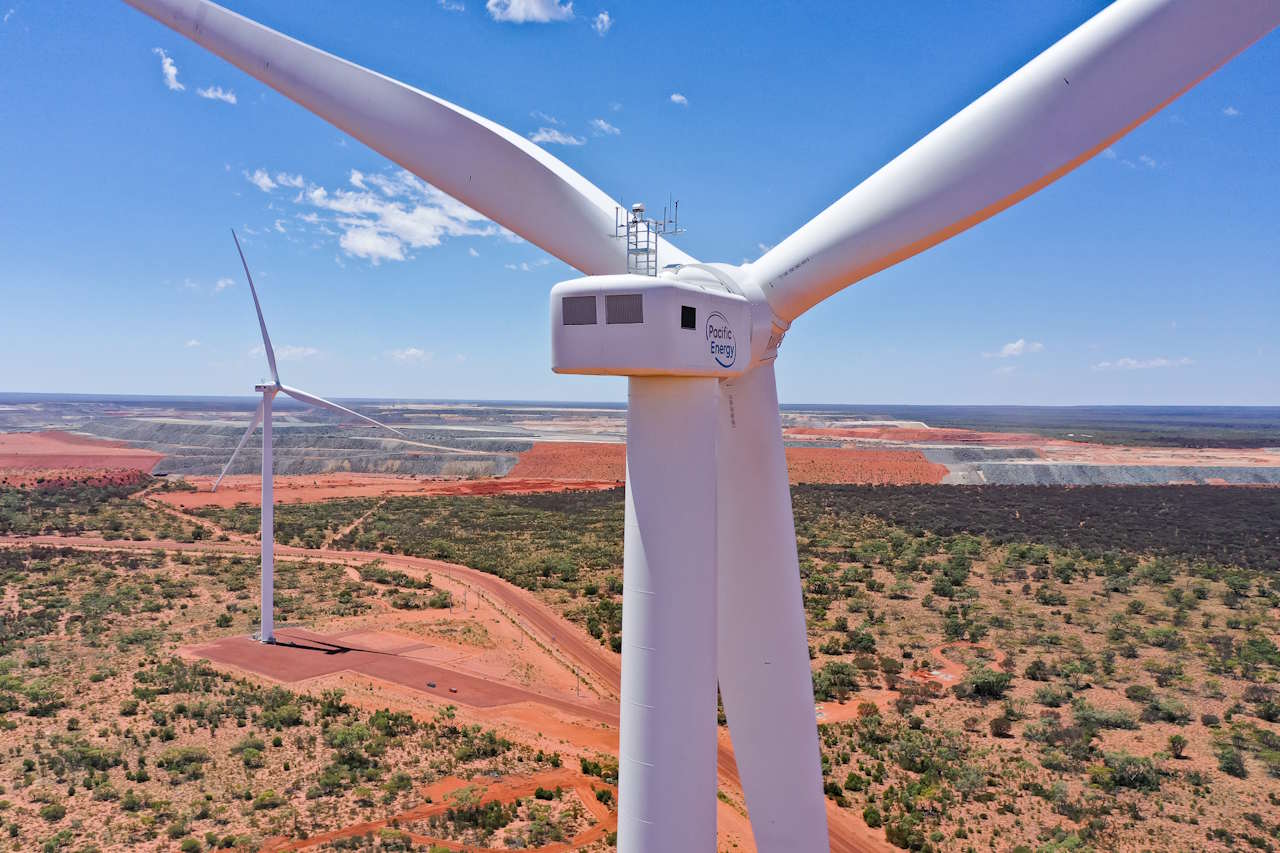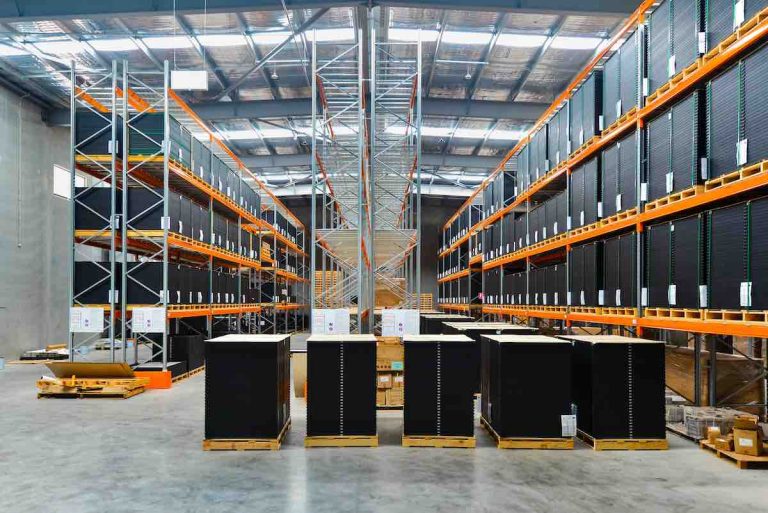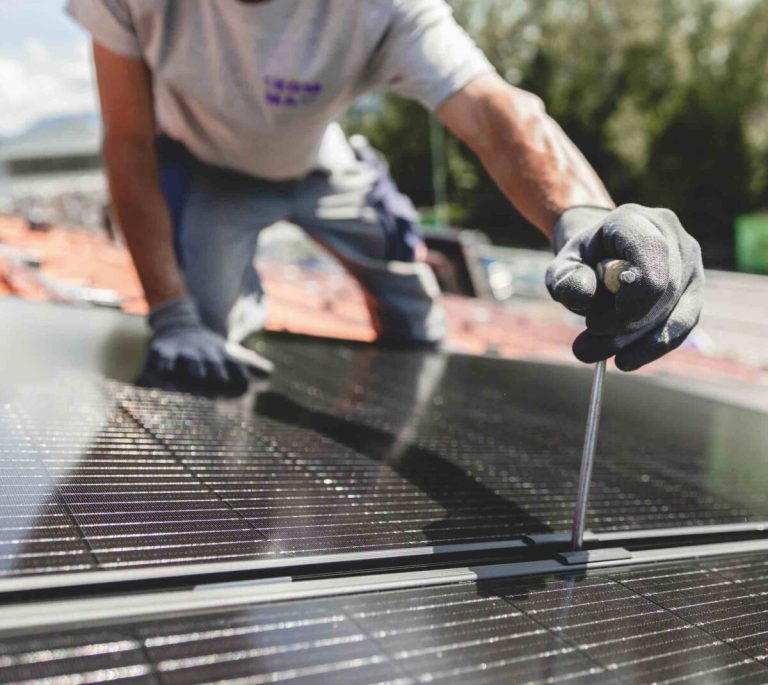Copperstring Project Scaled Back Amid Rising Costs, Renewable Micro-Grids Proposed
The Queensland state LNP government has unveiled significant modifications to the proposed Copperstring 2.0 transmission link in the northern region of the state. The initial phase of the project will be scaled back, with funds redirected towards renewable-based microgrids to support new mining ventures while the second phase is under consideration.
During the announcement of a new five-year energy roadmap, Treasurer and Energy Minister David Janetzki confirmed that the first stage of Copperstring, which connects Townsville to Mount Isa, is set to be completed by 2032. However, the line’s capacity will be reduced from the planned 500 kV to the original 330 kV.
Cost Overruns and Savings
Janetzki explained that this adjustment was essential due to the project’s costs escalating from an initial estimate of $1.8 billion to over $13.6 billion. By opting for a smaller capacity line and cancelling some spur lines, the government anticipates saving $2.1 billion on the first stage alone.
Despite the changes, Janetzki assured that the first stage of Copperstring would still have the potential to accommodate up to $10 billion in new renewable energy projects.
Investment in Renewable Solutions
In a noteworthy development, Janetzki also introduced a $200 million north-west energy fund aimed at supporting tailored solutions for mining projects in Mount Isa, Cloncurry, Julia Creek, and Richmond, which he estimated could be worth over half a trillion dollars.
According to QIC, this hybrid-renewable microgrid model could lead to significant savings on power prices in the north-west, particularly for proposed mines like the Eva Copper project near Cloncurry, which could contribute an impressive $16 billion to the state’s GDP.
Janetzki projected that the total electricity demand from these mining operations could exceed 600 MW by 2040.
Reflecting on past decisions, he remarked that Glencore should have considered renewable options a decade ago before investing heavily in gas, which hindered government efforts to explore renewable energy and storage solutions. He noted that hybrid renewable facilities in remote mines in Western Australia are achieving renewable penetration rates of over 80%, resulting in cost savings.
“Hughenden will remain the focal point of the project, with QIC’s review confirming our choice to prioritise the Eastern Link to connect to the National Electricity Market more swiftly,” Janetzki stated.
Further updates on this project are expected to follow.






